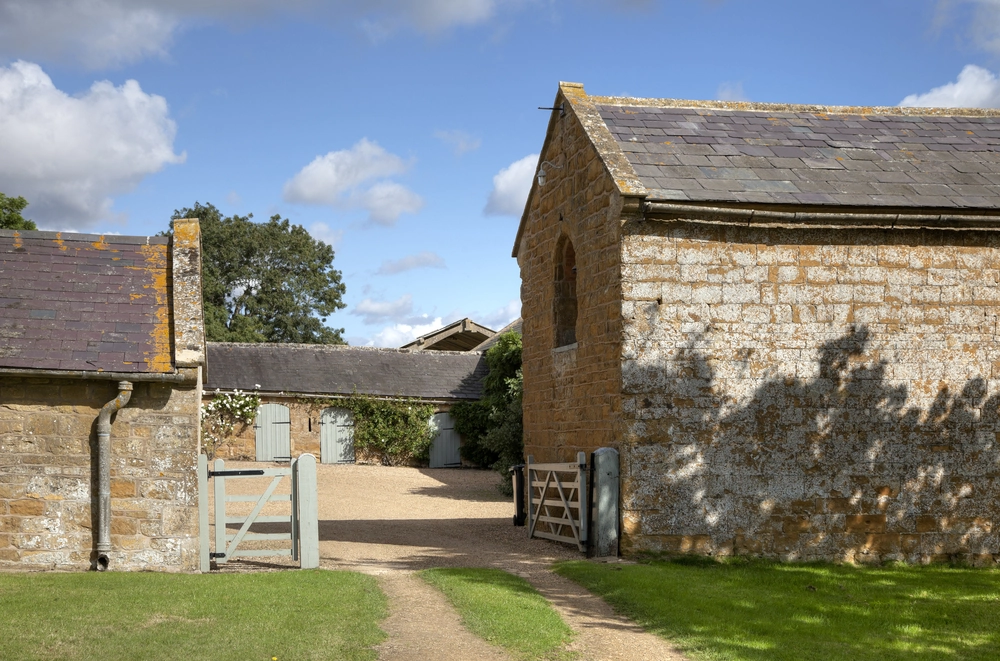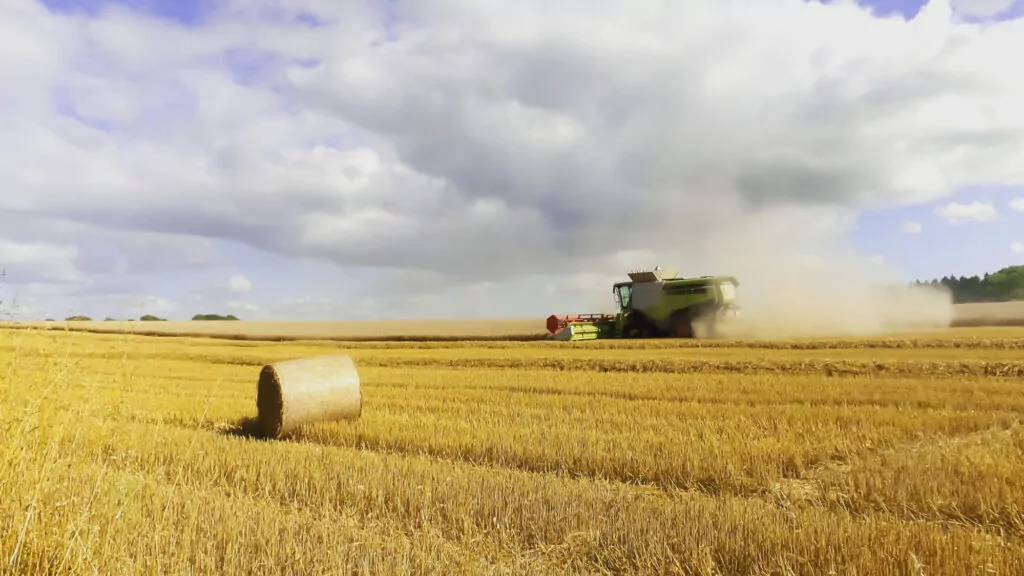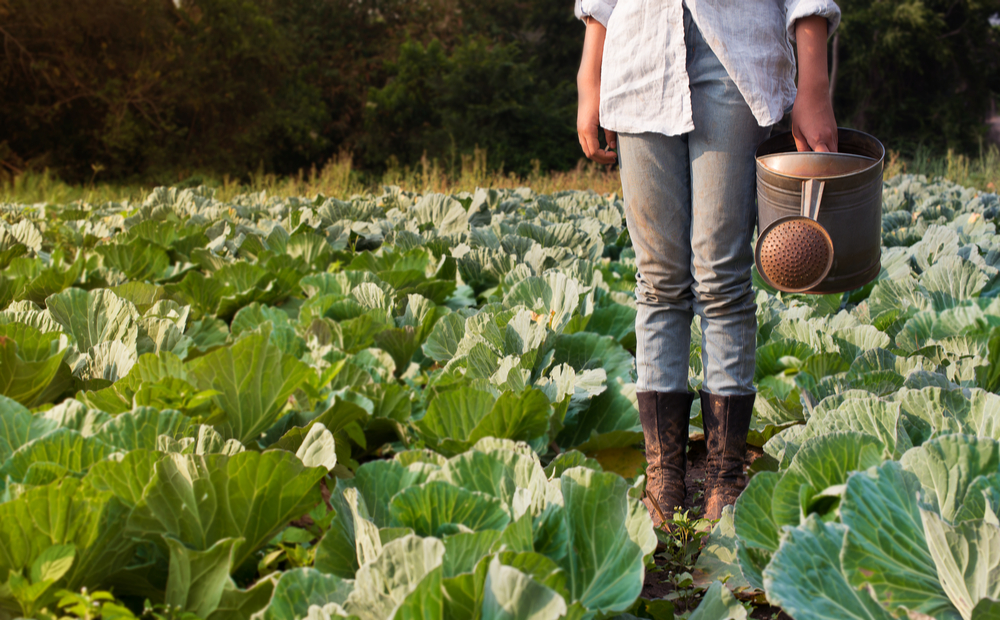
Agricultural Holding Act tenancies – Updated test for succession under the Agricultural Holdings Act 1986

By Danielle Spalding, Arron Jolliffe
28 May 2024 | 4 minute read
From 1 September 2024, the eligibility and suitability tests under the Agricultural Holdings Act 1986 (AHA) will change.
In our previous article, we set out what the current succession test is and how it is changing. In this article, we highlight for those who might be beginning to think about their succession plans what tests they need to meet if they apply for succession on or after 1 September 2024 and key points to consider.
Background
Under the Agricultural Holdings Act 1986 (the AHA 1986), an agricultural tenancy that commenced before 12 July 1984 will usually qualify as an AHA tenancy which allows two succession tenancies to take place in addition to the original tenancy.
In practice, what this usually means is that up to three generations - often grandparent, child, grandchild - can each benefit from a tenancy of the land.
A potential successor can apply for a succession tenancy in the following circumstances:
- Upon the death of the previous tenant, by applying to the Tribunal within three months following the date of death.
- Upon the retirement of the previous tenant, by applying to the Tribunal within one month beginning with the day after the date on which the outgoing tenant gives a retirement notice to the landlord. The retirement notice must nominate the applicant as the chosen successor.
If the potential successor makes a valid application to the Tribunal for a succession tenancy within the relevant period, the Tribunal will then consider whether they are entitled to a succession tenancy.
In making its decision, the Tribunal will consider whether the potential successor meets the relevant tests of suitability and eligibility - and it is these tests that are due to change from 1 September 2024.
The revised test
Where a tenant retires or dies after 1 September 2024, the new test for succession will apply to the potential successor. The new test is as follows:
Eligibility test
Firstly, the potential successor must show that they are eligible for a succession tenancy by satisfying the following two tests:
Close living relative test: The potential successor must be a close living relative of the outgoing tenant, which requires the applicant to be the outgoing tenant's spouse, civil partner, child, sibling, or a person treated as the outgoing tenant's child.
Principal source of livelihood test: The potential successor must show that in at least five of the last seven years of the outgoing tenant's tenancy, they derived their only or principal source of livelihood from their agricultural work on the holding (or an agricultural unit which the holding forms part of). In the case of an application for succession on the death of the outgoing tenant (but importantly not in the case of retirement), if the potential successor does not strictly satisfy this test but does so to a material extent then they can ask the Tribunal to treat them as if they have satisfied this test.
Suitability test
If the potential successor satisfies the eligibility test, they must then prove that they are suitable to become the tenant of the holding taking into account all relevant matters, including the applicant's experience, training, skills, financial standing, capability and capacity to farm the holding commercially "taking into account the need for high standards of efficient production and care for the environment", the character, situation and condition of the holding and the terms of the tenancy.
A potential successor must demonstrate that if the tenancy was available on the open market, then they are of a standard that means a prudent landlord would be willing to shortlist them for the tenancy. Whilst the Tribunal must consider all relevant matters, it must also disregard certain specific factors such as the applicant's age.
Key points to consider
Careful succession planning is crucial for the success of many agricultural businesses, particularly for those where the family farm is occupied pursuant to an AHA tenancy.
For AHA tenants and their potential successors, it is vital that careful plans are made early on to maximise the potential successor's chances of successfully applying for a succession tenancy when the current tenant dies or retires - particularly as, despite the best laid plans, that moment can arrive suddenly and without warning.
It is therefore important that current AHA tenants and their potential successors consider as early as possible whether the potential successor already meets the necessary succession tests; or, if not, puts in place a plan which enables them to reach a point where they do satisfy those tests as soon as possible.
As we approach 1 September 2024, some of the key things to consider with the new rules are:
A key focus of the revised suitability test will be the applicant’s capability and capacity to farm the holding commercially “taking into account the need for high standards of efficient production and care for the environment”. This reflects the continuing shift in UK agricultural policy towards balancing food production with high environmental standards. Applicants should therefore carefully consider whether the farming business is being run with environmental outcomes in mind, and if not, consider ways in which this can be worked into the business – for example, by signing up for Environmental Land Management Schemes, considering natural capital opportunities, or diversifying into sectors such as renewable energy.
Whilst age is not a factor which the Tribunal can take into account when assessing a potential successor’s suitability, their skills, experience and training are. It is therefore important to give careful thought to ensuring that the potential successor can clearly demonstrate that, regardless of their age, they have the necessary qualities to successfully farm the holding from day one of the succession tenancy. Whilst the changes to the test are generally intended to make it easier for a potential successor to succeed, this element of the test is likely to be tougher to satisfy. It is thought that potential successors will need to provide in depth information to support any application, such as cashflow forecasts, budgets and both bank and personal references.
Importantly, it continues to be the case that the principal source of livelihood test is easier to satisfy on an application following the death (rather than retirement) of the outgoing tenant. This is because, in the case of the outgoing tenant’s death, the Tribunal can treat this test as having been satisfied if the applicant satisfies it to a material extent only (whereas an applicant who applies following the outgoing tenant’s retirement must fully satisfy this test). Therefore, if the current tenant is thinking about serving a retirement notice on the landlord, it is always advisable to seek legal advice before doing so to make sure that the current tenant and named successor have a very good chance of satisfying this test.
How we can help
Whether you are an AHA tenant or landlord it is important to start thinking about these changes now. We have a team of experts who can advise on potential succession applications, and it is important to keep in mind that if a tenant dies or serves a retirement notice you should seek legal advice without delay as there are strict time limits within which specific action must be taken to protect the position for both the landlord and tenant.













